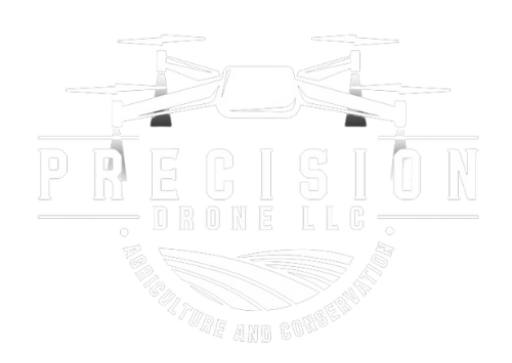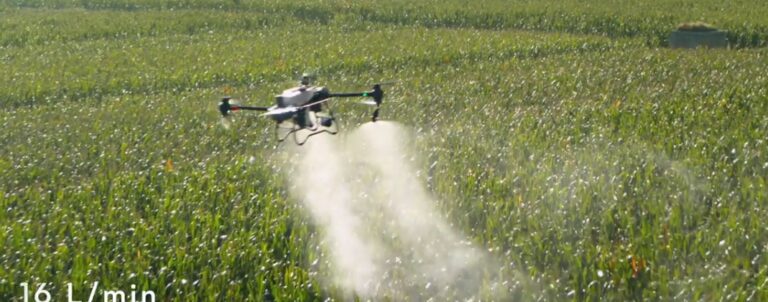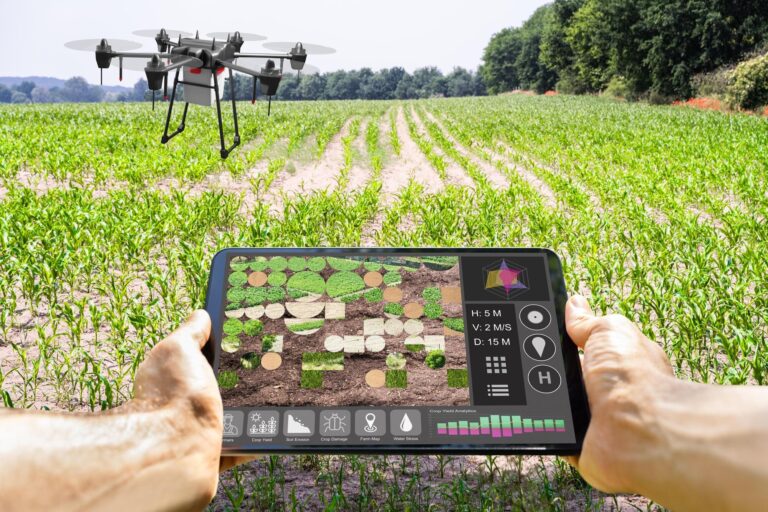Optimize Your Crop Health: A Comprehensive Guide to Agriculture Drone Services Pricing
In the ever-evolving world of agriculture, staying ahead of the curve means embracing innovative technologies that can transform traditional practices. At the forefront of this transformation are agricultural drone services, offering a bird’s-eye view that is revolutionizing how farmers manage their crops. With the ability to monitor vast fields with pinpoint accuracy, these drones provide critical data that can significantly enhance crop health and yield. As more farmers recognize the potential of this technology, understanding agriculture drone services pricing becomes essential for making informed decisions that align with budgets and goals. Join us as we delve into the intricacies of optimizing crop health through precision drone services, shedding light on how these tools can be a game-changer in the agricultural sector.
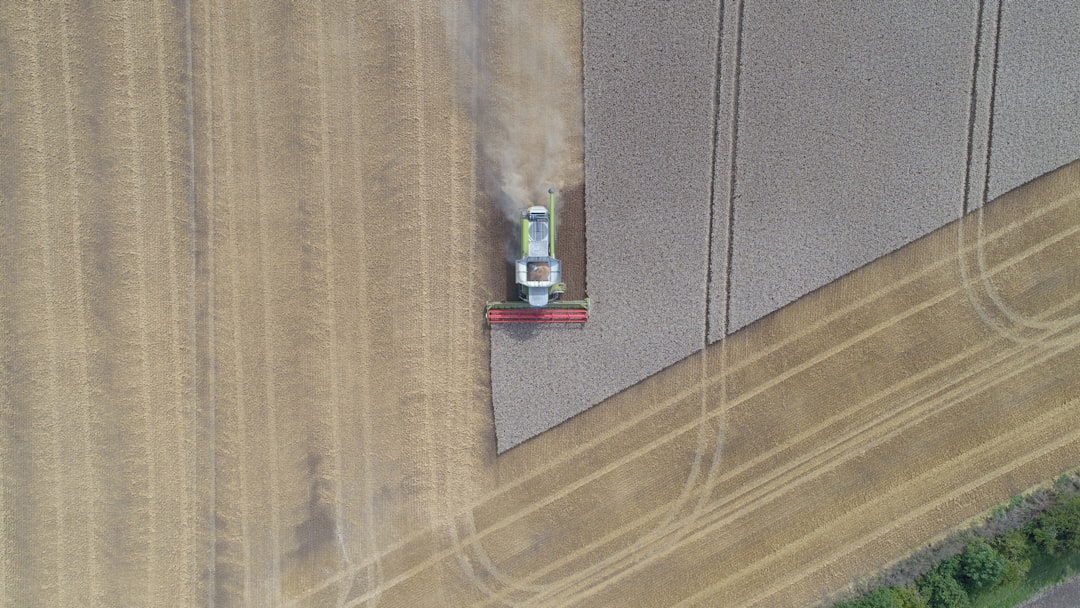{source=”unsplash” unsplashQuery=”agriculture, drones, farming, technology, crops, aerial view, precision agriculture” unsplashId=”qRySL7xKzH4″}
## Understanding Agricultural Drone Services
As agriculture evolves, technology plays a pivotal role in transforming traditional farming practices. Agricultural drone services have emerged as a key player in this transformation, offering innovative solutions for crop management and monitoring. This section explores the integral role drones play in agriculture, their benefits, and the fundamental features of these services.
### The Role of Drones in Agriculture
**Drones** have become indispensable in modern agriculture, providing a *bird’s-eye view* of fields that was once unattainable. Equipped with advanced sensors, drones can capture detailed data on crop health, soil conditions, and field variations. This information is crucial for making timely decisions that enhance productivity.
Farmers use drones to monitor large areas quickly, identifying issues like pest infestations or water stress before they escalate. **Precision agriculture** is a significant outcome, allowing for targeted interventions that save time and resources.
Moreover, drones reduce the need for manual labor, offering a cost-effective alternative for regular field surveillance. As technology advances, the capabilities of drones continue to expand, providing even more sophisticated data-driven insights.
### Benefits of Drone Technology in Farming
The **benefits** of integrating drones into farming are manifold. Firstly, drones provide *rapid and accurate data collection*, enabling farmers to respond swiftly to potential problems. This proactive approach can significantly boost crop yields and quality.
Secondly, drones facilitate **resource optimization** by ensuring precise application of inputs like fertilizers and pesticides. This not only conserves resources but also minimizes environmental impact.
Furthermore, drones enhance operational efficiency, reducing the time and effort required for field inspections. This efficiency translates to cost savings and improved profitability for farmers.
Lastly, drones support **sustainable farming practices** by promoting environmentally friendly techniques and reducing waste. This aligns with broader goals of sustainable agriculture and conservation.
### Key Features of Agricultural Drone Service
Agricultural drone services offer a range of **key features** that make them invaluable tools for farmers. **High-resolution imaging** is one of the most important features, providing detailed visuals of crop conditions and field variations.
Drones also come equipped with **multispectral sensors** that detect subtle differences in plant health not visible to the naked eye. This data is crucial for assessing crop vigor and identifying stress factors.
Another critical feature is **mapping and surveying** capabilities. Drones can create accurate maps of fields, highlighting areas needing attention. This information helps farmers plan interventions strategically.
Moreover, some drones offer **real-time data transmission**, allowing farmers to make immediate decisions based on the latest information. This feature is particularly useful for time-sensitive operations.
## Factors Influencing Agriculture Drone Services Pricing
Understanding the factors that influence agriculture drone services pricing is crucial for farmers looking to invest in this technology. This section delves into the various elements affecting costs, from equipment and technology to the scope of services provided.
### Equipment and Technology Costs
The **cost of equipment and technology** is a major factor in agriculture drone services pricing. High-quality drones with advanced features tend to be more expensive, reflecting the sophistication of the technology.
**Equipment costs** include the drone itself, as well as any additional sensors or cameras required for specific applications. For instance, drones equipped with thermal cameras for irrigation management may incur higher costs.
**Technology costs** also encompass software for data processing and analysis. Many services offer proprietary software that enhances data interpretation, adding to the overall pricing structure.
Maintenance and upgrades are ongoing considerations, as keeping the technology up-to-date is essential for optimal performance. Farmers should account for these costs when budgeting for drone services.
### Service Scope and Coverage Area
The **scope of services** and the area covered also impact pricing. Larger fields or more comprehensive service packages naturally incur higher costs due to increased resource allocation.
**Service scope** can vary widely. Some providers offer basic imaging services, while others include in-depth analysis and recommendations. The level of detail and customization affects the pricing structure.
**Coverage area** is another consideration. Services covering extensive acreage require more drone flights, increasing operational costs. Providers may charge per acre or offer tiered pricing based on field size.
Farmers should assess their specific needs and choose a service scope and coverage area that align with their objectives and budget constraints.
### Frequency and Duration of Drone Deployments
**Frequency and duration** of drone deployments are key variables in determining costs. Regular monitoring may be necessary, especially during critical growth stages, affecting the overall expense.
**Frequent deployments** provide continuous data, enabling real-time decision-making. However, this increases the number of flights and associated costs, which should be weighed against the benefits.
**Duration of each deployment** can also influence pricing. Longer flight times allow for more comprehensive data collection but may incur higher charges due to increased resource use.
Farmers should consider their crop cycles and determine the optimal frequency and duration of drone services to balance cost with value.
## Evaluating Drone Service Providers
Choosing the right drone service provider is essential for maximizing the benefits of agricultural drone technology. This section provides guidance on evaluating providers, comparing offerings, and understanding the importance of customer support and training.
### Criteria for Selecting a Provider
Selecting the right **drone service provider** requires careful consideration of several criteria. First, assess the provider’s **experience and expertise** in agricultural applications. Experienced providers are more likely to deliver reliable and effective services.
Consider the **range of services** offered. Providers should offer comprehensive solutions that meet your specific needs, from basic imaging to advanced analytics. Evaluate their technology, ensuring it is up-to-date and capable of delivering high-quality data.
**Customer reviews and testimonials** are valuable resources for gauging the provider’s reputation and service quality. Look for feedback on reliability, support, and overall satisfaction.
Lastly, consider the provider’s **commitment to innovation**. Providers who invest in the latest technology and continuous improvement are better positioned to offer cutting-edge solutions.
### Comparing Service Offerings and Pricing
When comparing service offerings and pricing, it’s important to conduct a detailed analysis. **Service offerings** can vary significantly between providers, each with its unique strengths and weaknesses.
Create a **comparison table** to evaluate key features, such as imaging quality, data processing capabilities, and customization options. This visual representation can help identify the best fit for your needs.
**Pricing structures** may include package deals, per-acre rates, or subscription models. Analyze the cost-benefit ratio to determine which provider offers the most value within your budget.
Consider any **hidden costs**, such as extra fees for additional flights or data analysis. Clarify these aspects with providers to ensure transparency and avoid unexpected expenses.
### Importance of Customer Support and Training
**Customer support and training** are critical aspects of a successful partnership with a drone service provider. Quality support ensures that any issues are promptly addressed, minimizing disruptions to your operations.
Providers should offer **comprehensive training programs** to help you understand and utilize the technology effectively. This empowers you to maximize the benefits of drone data.
Evaluate the **accessibility and responsiveness** of support services. Providers should offer multiple contact channels and quick response times to resolve queries efficiently.
Inquire about **ongoing support** and updates. Continuous assistance and software updates ensure that your operations run smoothly and that you benefit from the latest advancements in drone technology.
## Maximizing the Value of Drone Services
To fully harness the potential of agricultural drone services, it’s essential to integrate them effectively into your farm management practices. This section explores strategies for maximizing value, including real-world case studies and future trends.
### Integrating Drones with Farm Management
Integrating drones into farm management involves several steps to ensure optimal value. Start by identifying specific **objectives** where drones can play a pivotal role, such as crop monitoring or precision spraying.
1. **Assess current practices** and determine where drone data can enhance decision-making.
2. **Develop a deployment plan** that outlines frequency and areas of focus.
3. **Utilize drone data** to inform management decisions, such as irrigation schedules or pest control interventions.
Collaborate with agronomists or consultants to interpret data and implement findings. Regularly review and adjust strategies based on outcomes, ensuring continuous improvement and value maximization.
### Case Studies of Successful Implementations
Real-world examples highlight the transformative impact of drones in agriculture. Consider a **case study** of a Michigan farm that adopted drone services for crop monitoring.
The farm achieved:
– **20% increase** in yield within the first year
– Significant reduction in **input costs** through targeted interventions
– Improved **soil health** due to precise irrigation management
Key takeaways include the importance of **tailored solutions** and ongoing evaluation to adapt to changing conditions. Successful implementations illustrate the potential for substantial returns on investment when drones are integrated effectively.
### Future Trends in Agricultural Drone Service
The future of agricultural drone service is promising, with several trends poised to shape the industry. **Automation** and **artificial intelligence** (AI) are set to enhance data processing, providing even more accurate insights.
**AI-driven analytics** will enable predictive modeling, allowing farmers to anticipate and address issues before they occur. This proactive approach is expected to further optimize crop management.
**Integration with other technologies**, such as IoT sensors and satellite data, will provide a comprehensive view of farm operations, enhancing decision-making capabilities.
Drones will continue to evolve, offering new features and applications. Staying informed about these trends will ensure farmers remain at the forefront of innovation and efficiency.
## Sustainable Practices and Environmental Impact
Agricultural drone services support sustainable practices by enhancing precision and reducing waste. This section examines how drones contribute to conservation efforts and align with environmental goals.
### Conservation Efforts with Drone Technology
Drones play a significant role in **conservation efforts**, offering tools for sustainable resource management. They provide detailed data on **ecosystem health**, enabling targeted interventions to preserve biodiversity.
1. **Monitor wildlife populations** and habitat changes with minimal disturbance.
2. **Assess land use** and identify areas for restoration or protection.
3. **Support reforestation** efforts through precise planting and monitoring.
By facilitating data-driven conservation strategies, drones help balance agricultural productivity with environmental stewardship.
### Enhancing Precision and Reducing Waste
Precision is a hallmark of drone technology, significantly reducing **waste** in farming operations. Drones provide accurate data for **targeted applications** of fertilizers and pesticides, minimizing run-off and environmental impact.
– **Precision spraying** reduces chemical use by up to 30%
– **Optimized irrigation** conserves water resources
These practices not only benefit the environment but also enhance farm profitability by reducing input costs. Embracing precision agriculture is a step toward sustainable and responsible farming.
### Supporting Michigan’s Environmental Goals
Drones align with Michigan’s environmental goals by promoting sustainable agriculture and conservation. The state’s commitment to **environmental preservation** is supported by innovative technologies that enhance resource management.
Drones provide critical data for:
– **Wetland restoration** and monitoring
– **Soil health assessment** to guide sustainable practices
– **Climate resilience** through adaptive management strategies
By supporting these initiatives, agricultural drone services contribute to a healthier environment and a more sustainable future for Michigan’s farming communities.
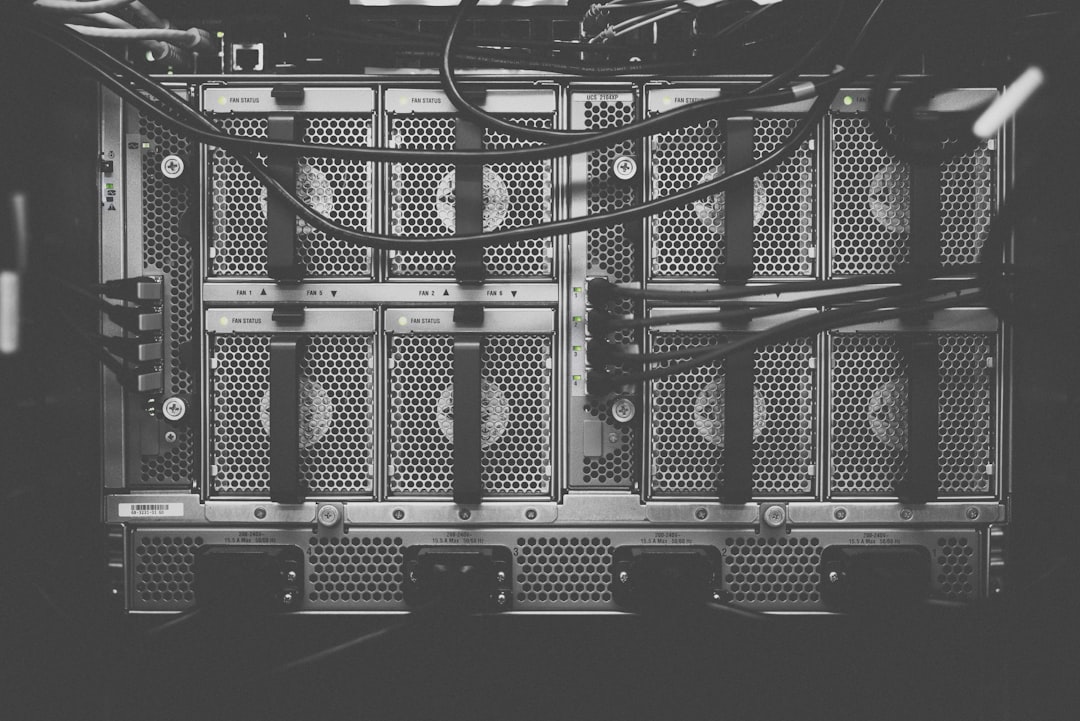{source=”unsplash” unsplashQuery=”agriculture, drones, technology, farming, crop management, precision agriculture, sustainability, data analytics, conservation, environmental impact” unsplashId=”oZPwn40zCK4″}
